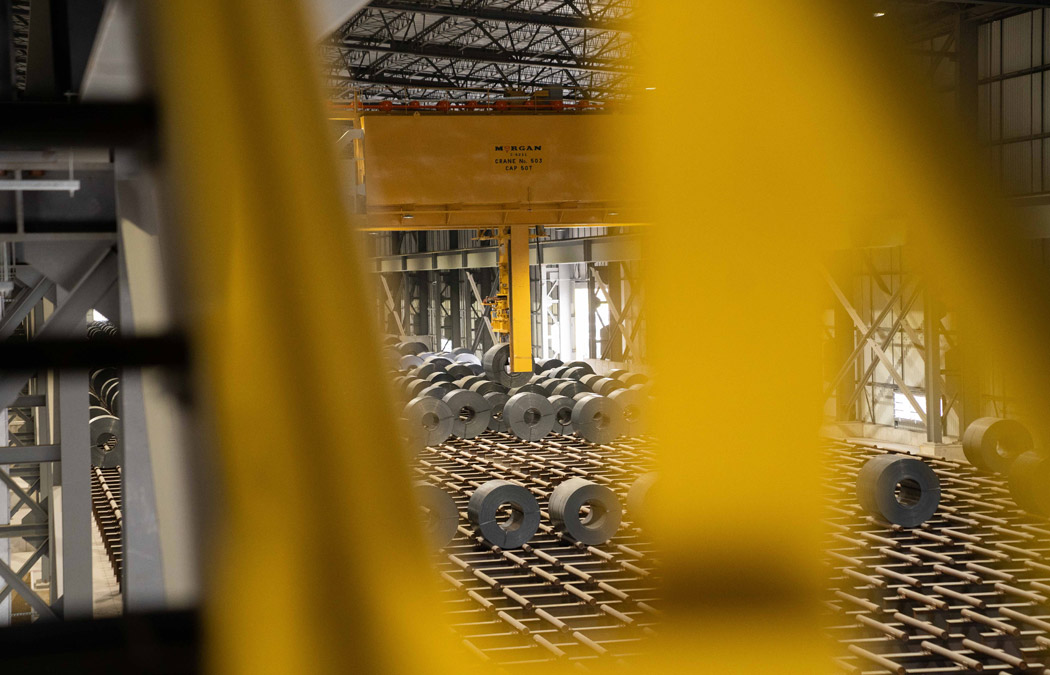Does Your Crane Require a Fourth Grounding Rail?

/ Blog
A fourth rail may not be your only crane safety option that aligns with electrical grounding codes.
Proper grounding of electrical connections to cranes has long been a significant point within codes regulated by the Crane Manufacturer’s Association of America (CMAA), the Occupational Safety and Health Administration (OSHA) and the National Fire Protection Act No.70 (NFPA) National Electric Code (NEC). The challenge for overhead crane owners is operating these machines in the safest methods possible, within the intent of the codes, particularly older cranes.
Some customers have not added a fourth grounding rail. Instead, they have added ground shoes to the end truck, where they are dragged on the runway rail. They also may not have added a ground wire between the runway rail and the ground power feed.
I am often asked whether the omission of a fourth rail meets today’s crane safety requirements.
Crane Electrical Safety Codes
Let me share our interpretation of today’s crane safety codes. Prior to 2005, only three bars (positive, negative and neutral) were required for overhead cranes. In 2005, the National Electrical Code (NEC) Article 610.61 was updated. CMAA adopted this change.
The NEC code states, “All exposed non-current carrying metal parts of cranes, monorail hoists, and accessories, including pendant controls, shall be bonded either by mechanical connections or bonding jumpers, where applicable so that the entire crane or hoist is a ground-fault current path as required or permitted by article 250, part V and VII.” Article 610 goes onto to say that “metal to metal bearing surfaces of moving parts are considered to be a suitable grounding and bonding connection” and that “the trolley frame and bridge frame shall not be considered as electrically grounded through the bridge and trolley wheels and its respective tracks. A separate bonding conductor shall be provided.”
The OSHA standard does not specifically prohibit the path to ground from going through the wheel to rail contact surface. OSHA states that where a separate conductor rail is not provided as the low-impedance path for ground fault current, the grounding path for the crane equipment must meet the requirements of the OSHA standard. OSHA requires “the frames and tracks of electrically operated cranes and hoists to be grounded such that the path to ground from circuits, equipment and enclosures shall be permanent, continuous and effective (29 CFR 1910.304(g)(5) and g(7)).”
Our Conclusion: You Have Two Safe Options
So how can owners of existing overhead cranes meet both requirements, keep their people safe, and prevent operational violations?
One option: Install a fourth grounding rail. This is the most direct way to address grounding concerns, but it can be a costly crane safety option.
A second choice: If effectively engineered, a pair of ground shoes, separated 24 inches on the bonded runway rail, can also meet crane safety requirements. In this arrangement, you establish a separate bonding conductor that provides a low-impedance path for ground fault current that is permanent and continuous – while not grounding through the bridge and trolley wheels. In my opinion, this meets the electrical safety requirements as well.
Schedule a Crane Safety Consultation
It is always best to consult with an experienced crane manufacturing and engineering team before taking any action. Your particular crane configuration and building characteristics may merit a crane safety consultation prior to rewiring.
The team at Morgan is available to help you identify the most efficient, cost-effective ways to keep your equipment running optimally and your operations running safely. Even if we aren’t the OEM, our team can design, manufacture, and install any necessary crane upgrades and modernizations.

